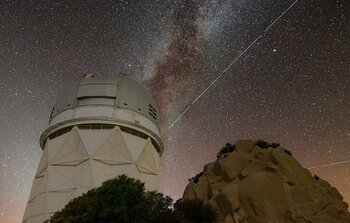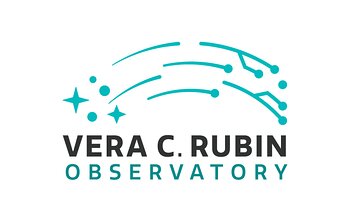Mientras estudiaban los vestigios de una explosión de rayos gamma (GRB por sus siglas en inglés) que fue detectada en 2021, dos equipos de astrónomos hallaron señales sorprendentes de una fusión de estrellas de neutrón, en vez de la esperada huella de una supernova. Las observaciones realizadas desde telescopios terrestres y espaciales, que incluyeron al telescopio de Gemini Sur en Chile y Gemini Norte en Hawai‘i, desafían la teoría prevaleciente que predice que las GRB de este tipo provienen exclusivamente de una supernova, es decir de la explosión final que acaba con la vida de las estrellas masivas.
El comunicado de prensa, imágenes y vídeos, están disponibles en:
https://noirlab.edu/public/es/news/noirlab2228/
Atentamente,
Comunicaciones, Educación y Vinculación con el Medio - NOIRLab
7 Dic. 2022

|
2 Dic. 2022
La Unión Astronómica Internacional, NOIRLab de NSF, y el Observatorio SKA se unieron para expresar su preocupación sobre el impacto en la astronomía del reciente lanzamiento del prototipo de satélite ...
|
| Leer más |

|
23 Nov. 2022
Noticias del Proyecto y de la Ciencia
Recientemente en Cerro Pachón, el equipo de Puesta en Servicio tomó datos preliminares con el Star Tracker que se instaló en el Ensamblaje ...
|
| Leer más |

|
11 Nov. 2022
Gracias al fin de las restricciones emanadas por la pandemia de Covid-19, este año 2022, el tradicional programa de educación de NOIRLab “Viaje al Universo” regresa con toda ...
|
| Leer más |

|
9 Nov. 2022
Noticias del Proyecto y de la Ciencia
A principios de noviembre, el equipo de Rubin instaló un instrumento llamado StarTracker en el Telescope Mount Assembly (TMA). El StarTracker se utilizará ...
|
| Leer más |
|
|
|
|